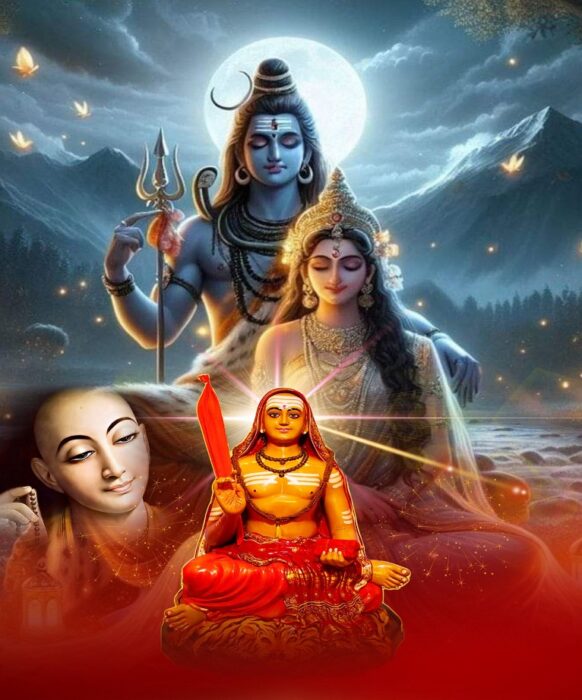Consequently talked the 12-year-old Adi Shankara on meeting his Guru, Govindapada, on the banks of waterway Narmada just because.
Jagad Guru Adi Shankaracharya, without a doubt, is probably the best savvy and Vedic thinkers India has ever known. His commitments to Hinduism, by and large, and his lessons on Advaita (non-dualism), maintained Hindu way of thinking to be one of the best among the world strict contemplations.
Shankara’s works and understandings of the Upanishad are unrivaled. It was interesting to peruse the ongoing smash hit on the Jagad Guru by Pavan K. Varma. The writer gives a splendid article of the existence history and encounters of the eighth century significant Vedantic thinker, author, strict master, crusader of Advaita way of thinking, and probably the mightiest character among Hindu researchers.
His top to bottom investigation of Shankara’s contemplations and lessons draw out the significance of the eastern strict way of thinking, the Vedic idea of Sanatana Dharma, the general government assistance for all creatures, and the otherworldly components of human psyche. Additionally, it affirms the monotheism of Hinduism and the legitimacy of its way of thinking and convenience in the ever-clashing universe of today.
As an author, Varma’s clarity, effortlessness and academic style of introduction on Shankara’s aggregate commitments on Upanishad, Bhagavad Gita and different sacred texts are praiseworthy. It is an absolute necessity read book over all ages, races, strict adherents, non-devotees and skeptics, for a more significant level comprehension of human otherworldliness and the motivation behind life in this universe.
Varma is anything but an alien to illuminated perusers. He has composed well over twelve books in a wide-scope of subjects and huge numbers of them hits. Be that as it may, for this all around investigated book, the writer has sought after the strides of youthful Shankara, as a 12-year-old kid, who withdrew from his home looking for the preeminent information and truth, through the wildernesses of India, from south to north, and east to west, around 1,200 years back.
The creator has fastidiously followed Shankara’s track and researched each part of his excursion to different profound focuses and has really recorded the wise’s beneficial encounters. Also, he met numerous Vedic researchers, scholastics, and many other people who are as of now connected with the foundations and the lessons of Shankara all over India.
In the introduction to the book the writer states, “Hinduism, for most inside its overlay, is a lifestyle. It has nobody Pope, nobody text, no unyieldingly prescriptive custom, no obligatory assemblage, and nobody managing sanctuary. It is accurately consequently that it has kept on prospering from days of yore, sanatan (ever new) and anant (unending), in light of the fact that what is universal however not compelled by the fragility of structure, is by definition perpetual.”
Shankara was destined to a devout Hindu couple, Shivaguru and Aryamba, both Namboothiri Brahmins, in the year 788 CE in Kaladi, an antiquated town on the bank of the Periyar stream, inside a couple of miles of the present-day Kochi International Airport, Kerala, India.

